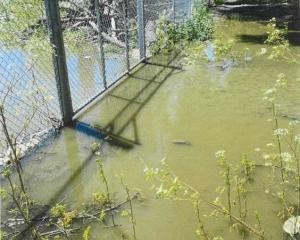
Department of Conservation takahē recovery senior ranger Glen Greaves said they released 18 takahē - nine breeding-age pairs - in the area on August 23, just before the start of the breeding season, and another six sub-adult takahē in the same area on October 18.
There was a chance given the stress of being transferred, from the Burwood Takahē Centre near Te Anau, and settling into their new site that the birds would not have bred this season, but Mr Greaves said they were ‘‘delighted’’ on Wednesday to find five pairs had nests, each containing two eggs.
All 10 are expected to hatch by early December, while the remaining four pairs are expected to start nesting by Christmas.
It is the third wild takahē population to be established - the others were in the Murchison Mountains in the Fiordland National Park, and Gouland Downs in Kahurangi National Park, where they were first released in 2018.
The Greenstone Valley was selected because it appeared to have a suitable habitat, and trapping of stoats, ferrets and feral cats had knocked back their numbers.
The project had been a joint effort between Doc, Fulton Hogan and Ngāi Tahu, as well as the Routeburn Dart Wildlife Trust, Southern Lakes Sanctuary and Air New Zealand.
Nationally, takahē numbers had now reached 500 and were increasing by about 8% a year.












